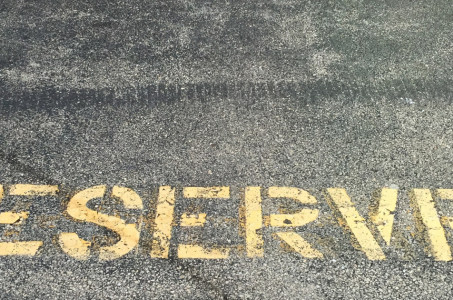Whether you rent a house, townhome, low-income housing, or a pet-friendly apartment, awareness and planning can save your life.
Living in the Great Plains States means being prepared for severe weather emergencies, especially March through August when tornadoes, hail, severe wind and rainstorms occur most frequently. Here are some guidelines to help you be protected:
What severe weather questions should you ask your landlord before signing the lease?
- Is there an evacuation plan for the apartment complex?
- Is there a basement or storm shelter in the rental?
- Has this townhome ever been flooded? If yes, from what? (River water, snow melt or spring rains?) Are there sandbags, or other ways to stop water, on hand?
- If you have storm damage or other severe weather-related problems, whom do you contact? The landlord, property manager or someone else?
- If your apartment becomes unlivable because of severe weather damage, will you have to pay rent?
What should you expect from your landlord?
- A written evacuation plan for your specific apartment.
- Smoke detectors and fire extinguisher.
- Contact numbers in case of an emergency.
- A safe, well-maintained property, inside and out.
What can you do to protect yourself before, during, and after severe weather?
- Be aware of your local weather. If you’re new to the region, learn what weather patterns to expect. Know the difference between a watch and a warning.
- Take pictures or video of your home periodically to have a visual record of your belongings. Have this information accessible somewhere beyond your cell phone.
- Don’t assume your cell phone will work. Have a wireless way to charge your phone. Keep a written list of important phone numbers. Have a phone book and local maps on hand.
- If your townhome or apartment has a patio, bring the furniture inside.
- Make an emergency kit. Include things like flashlights, extra batteries, a whistle, garbage bags, first-aid kit, manual can opener, pliers, matches, paper, pencil, moist towelettes, and hand sanitizer. Include three days’ worth of non-perishable food and drinking water for each person. Don’t forget food and water for your pets.
- Have an extra set of eyeglasses and contact lenses, cases, and solutions. Keep them in your emergency kit or in a bag, ready to grab and go.
- Have a written list of prescriptions. Include a three-day supply of medications, if possible.
- Know your evacuation plan, including where the stairs and doors to the outside are. Practice it so you’re confident.
- Use the buddy system with your neighbors. Plan a safe place to meet.
- If you’re in a tornado or storm warning, have sensible shoes and practical clothing on. If disaster strikes, you could end up wearing those clothes for several days.
- Keep your purse or wallet with you for quick access.
- Buy renter’s insurance. Your landlord’s insurance doesn’t protect your things, only you can do that.
By planning and preparing for severe weather emergencies, you’re being smart and increasing your chances of being safe during and after a serious weather event.
Written by Melanie Olsen



